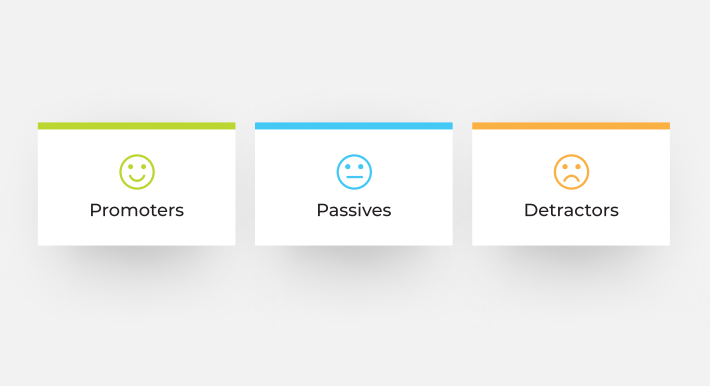Customer experience isn’t just about being able to provide a good product or service. It’s more than that. It’s about the people behind delivering that experience – your staff. And what keeps good staff around? Workplace happiness – which often stems from a company that rewards successes, listens to and acts on its employees’ feedback.

Bolstering morale
Most companies have someone in charge of quality control or human resources, overseeing what is happening in the business from a people perspective. What they often forget is that these two positions are not mutually exclusive. Both areas should operate harmoniously to have a positive effect on employee and customer morale.
Regardless of the size of the team – whether it’s a team of 1 or 1,000 staff – it’s always important to have someone at the top who is focussed on experiences and who can strategically position the company as one that prioritises experiences (both internally and externally). If a CEO is oblivious to employee happiness, or simply puts it second to other priorities, employee performance suffers dramatically. Listen to your staff, through whatever voices they have in your company. If they complain, it’s for a reason. At the end of the day, the most productive employees are ones who are eager to work.
Customer-centric culture
Keep your finger on the pulse on what’s going on. Work on the front line, read online reviews, keep an eye on your customers. If a CEO is to do their job properly, they need to understand things from their customer’s perspective as much as their own. What a customer thinks of a company is as key to the company’s success as anything. They are the lifeblood of a company, and will abandon it in droves if frustrated beyond breaking point.
Everyone is in a customer position at some point. Try to capture that understanding, and apply it to your perspective on your own company. If it’s something that would make you happy as a customer, it’s probably a good idea. Don’t go mad trying to make customers happy, but don’t ignore their needs either. Getting customer feedback within the first 24–48 hours of providing a product or service is key to gaining this insight. Customer feedback tools, such as Customer Radar’s feedback software can help with obtaining this information.
Profits follow experience
Businesses need to be profitable in order to sustain themselves. It’s easy to think of ways to increase profit margins at the expense of customer and employee experience: reducing pay, increasing costs, spreading employees thin over a larger amount of work, and so on. But at the end of the day, this is a self-destructive means of improving a company. Push the boundaries too far, and they’ll push back.
A CEO needs to know how to balance the pursuit of profit with keeping customers and employees satisfied. The pursuit of satisfying customers and employees itself can be a profit making venture, as customers are often willing to pay more for quality service, and employees who are happy with their situation will be more likely to generate greater profit for the company. Seeking profit and seeking to improve customer and employee moral are not mutually exclusive.
"...keep your finger on the pulse on what's going on. Work on the front line,
read online reviews, keep an eye on your customers."
Be approachable
Obviously, the CEO can’t deal with every customer, and depending on the size of the company, can’t deal with every employee either. This doesn’t mean that being approachable can’t be a valuable tool in building customer and employee experiences. Even if they don’t anticipate using the option, an employee who knows that they can go to their CEO in the event of some kind of dispute or trade difficulty is far more likely to trust that CEO, and in turn have a positive experience working with the company.
The same is true of customers. If customers know that in the event of a serious issue, the CEO is willing to listen to their complaints, or at the very least, will examine them through a middleman such as a PA, then they would put far more trust in the company and its reputation. This improved customer experience would make customers far more likely to deal with the company again in the future.
Not to mention, that by being approachable and hearing the complaints and advice of customers and employees, you will make it far easier on yourself to keep them happy in the future. A complaint left unheard is a complaint left unresolved. By giving people a means to speak, you’re giving yourself a means to listen.
These factors among others can show that a CEO and a Chief Experience Officer should be one and the same, or that a CEO should at the very least keep tabs on the experiences being provided both internally and externally.
You can read more of Mat's articles by clicking here.





.png)

